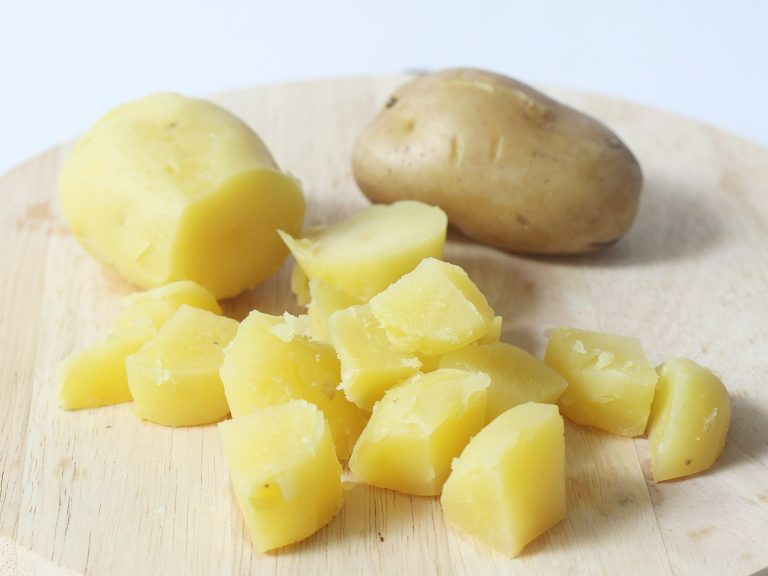This flower has valuable medicinal properties. Learn about the uses and contraindications of nasturtium

Nasturtium is not only decorative, it is also a tasty and healthy edible plant. Find out more about the use of nasturtium and check the health properties of nasturtium herb.
Nasturtium has beautiful, colorful flowers that please the eye from late spring to early autumn. This plant has unique power – it has numerous health and cosmetic properties. Research has proven that nasturtium is, among other things, a natural antibiotic that may be helpful in the treatment of infections caused by drug-resistant strains of bacteria. In folk medicine, nasturtium is used as an antiseptic, accelerating wound healing and supporting the treatment of, among others, respiratory diseases.
What does nasturtium look like?
Nasturtium is a flowering plant that is often found in Polish gardens. It is easy to recognize it among other ornamental plants. Nasturtium has funnel-shaped flowers, which consist of 5 petals and 8 stamens. Nasturtium flowers are most often orange, yellow or red (though their petals can also be two-colored) and emit a pleasant scent. The surroundings are also decorated with disc-shaped nasturtium leaves with long petioles and smooth edges. The appearance of its leaves resembles an umbrella. Nasturtium produces small fruits – fleshy or dry splits containing seeds.
Medicinal properties of nasturtium flower and uses
Nasturtium has numerous medicinal properties that have long been used in natural medicine. It contains biologically active compounds that make… has an antiseptic effect, reducing, among others, pathogenic bacteria and fungi. Nasturtium is traditionally used for washing wounds and supporting the treatment of various dermatoses. For example, we can use nasturtium juice to lubricate cold sores and other skin lesions. Moreover, nasturtium is natural antibiotic, which combats, among others, Streptococcus bacteria and drug-resistant strains of Staphylococcus bacteria. Nasturtium is also a plant with antispasmodic, mild laxative and anti-inflammatory effects. Its properties perfectly support the treatment of various diseases (e.g. kidney and urinary tract diseases, respiratory diseases).
Nasturtium is also used for bathing. Present in nasturtium mustard oil improves blood circulation. Baths with the addition of nasturtium infusions or decoctions are used to reduce skin lesions, as well as, among others, muscle and joint pain. Nasturtium is a rich source of vitamin C, and its antibacterial and antiviral properties make it excellent for strengthening the body's immunity. It is recommended for immunity, among others: nasturtium juice.
Nasturtium is a rich source of carotenoids, polyphenols and minerals, which makes it have high nutritional values. Attention: nasturtiums should not be consumed in excess – the nutritional compounds present in nasturtium flowers, leaves and fruits should only constitute a supplement to a healthy, varied diet.
They are made from nasturtiums tablets, water extracts, alcohol and acetate extractsand syrups, infusions and decoctions. Nasturtium preparations are available, among others: in herbal stores. Having this plant in your garden, you can enjoy the spicy taste of its leaves and flowers, prepare Polish capers and use infusions and decoctions from the leaves of this plant. It must be remembered that only plants grown in a clean environment are suitable for direct consumption and as herbal raw materials. Nasturtiums growing e.g. near a busy road may contain harmful compounds, including: lead.
Nasturtium in cosmetics
Nasturtium is used not only in folk medicine. Its properties also make it widely used in cosmetics. It can be used, for example, as an anti-dandruff rinse and as a hair growth agent. The content of sulfur compounds makes nasturtium, among others, effectively reduces oily hair and helps reduce sebum secretion, contributing to improving the appearance and condition of the skin.
Nasturtium and its use in the kitchen
The culinary use of nasturtium growing in Poland is limited – young nasturtium leaves and flowers are used primarily in salads. Nasturtium fruits, which can be pickled in salt water and pickled in vinegar, are called Polish capers. In South America, edible nasturtium produces tubers that are, among others, baked and eaten as a vegetable.
Nasturtium has high taste values. Its spicy taste is somewhat reminiscent of horseradish or cress. This plant also has a specific, “pungent” smell, which is caused by essential oils.
Who shouldn't eat nasturtiums?
People diagnosed with gastritis and stomach ulcers should refrain from eating nasturtiums. Nasturtium should not be included in the diet of small children, pregnant women and breastfeeding women.
Sources:
-
Lewkowicz-Mosiej T., Lexicon of medicinal plants, Świat Książki Publishing House, Warsaw, 2003
-
Jędrzejko K., Klama H., Żarnowiec J., Outline of knowledge about medicinal plants, Publisher: Silesian Medical Academy, Katowice, 1997
-
Grau J., Jung R., Münker B., Natural science lexicon. Herbs and forest fruits, Świat Książki Publishing House, Warsaw, 1996






